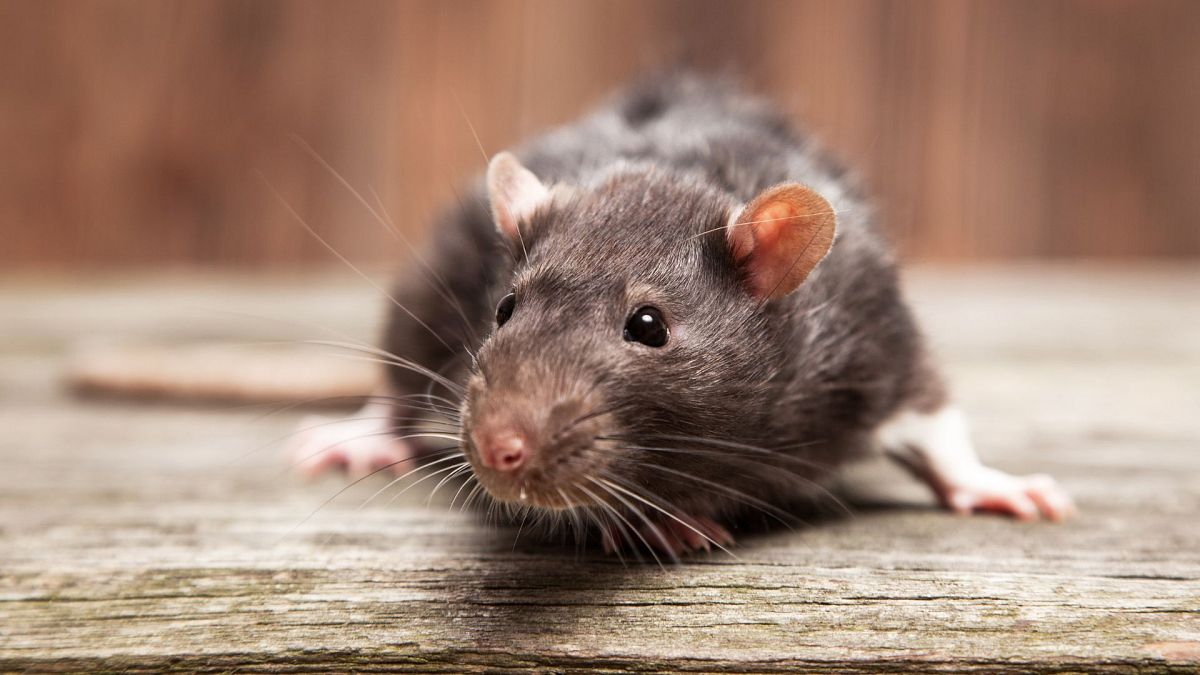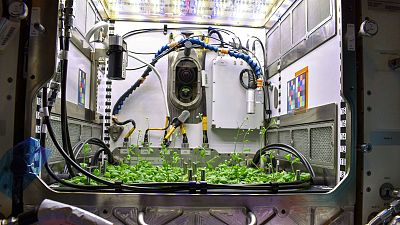The rats are being trained to sniff out humans in mock disaster zones and will be kitted out to communicate with victims.
If Belgian non-profit APOPO is successful, search and rescue workers in Tanzania could have a new pint-sized ally to help execute their difficult job: a giant rat in a tiny hi-tech backpack.
The organisation has already trained rats - which they call “HeroRATs” - and dogs to sniff out landmines and detect outbreaks of tuberculosis.
But because of their size, agility and keen sense of smell, rats could also be a valuable tool for existing search and rescue efforts.
The rats used in the trial, however, are not the usual rodents that most people associate with rubbish and disease. These are African Giant Pouched Rats that can weigh up to around 1.5 kg.
Not only are these rats very biddable, meaning they can be trained much like a dog, but they also have a longer lifespan than other rats.
"Our rats can live up to 8 to 10 years in captivity, which means that even after the training, which can take nine months to a year, they still have quite a long working career ahead of them," Dr Donna Kean, the lead researcher on the project, said.
Training of the rescue rats began in August 2021 at APOPO’s Training and Research Centre, hosted by the Sokoine University of Agriculture (SUA) in Morogoro, Tanzania.
The rats were trained to locate humans in a mock disaster zone and will eventually be outfitted with a technology-enabled backpack to enable real-time wireless audio-visual communication from within the debris site.
They are also being trained to pull a microswitch around their necks when a victim has been located.
"The rat pulls [the] handle that's hanging around at its neck... and can remotely let us know when they've found a potential victim," added Kean.
In testing, the rats were able to learn the basic behavioural sequence within a limited search space: search for and move into proximity of a “trapped victim,” trigger the microswitch by pulling the ball attached to their vest when the victim has been found, and return to a release point to receive food when the handler activates a beeper signal.
Kean said they are now increasing the complexity of the environment to more closely mimic real disaster sites.
A multifunctional backpack is being designed by a team of engineers at Eindhoven University of Technology, which will include a video camera, microphone and speaker for 2-way communication, and a device for tracking where the rat is located.
Once rats are proficient, Kean said, they plan to move them to Turkey for additional training trials with Turkish search and rescue group, GEA.
If successful, they could commence operational trials in which the rats are mobilised in response to any natural disaster.
For more on this story, watch the video in the media player above.



